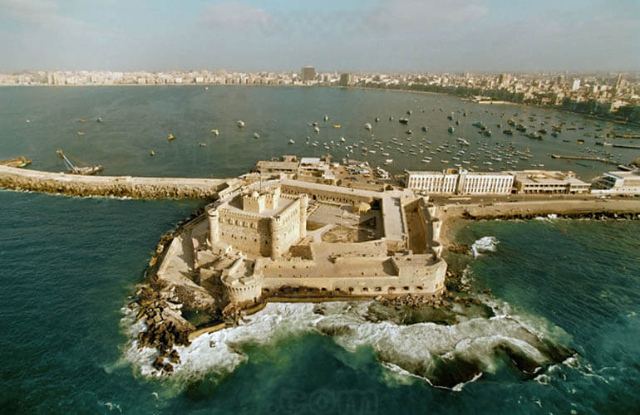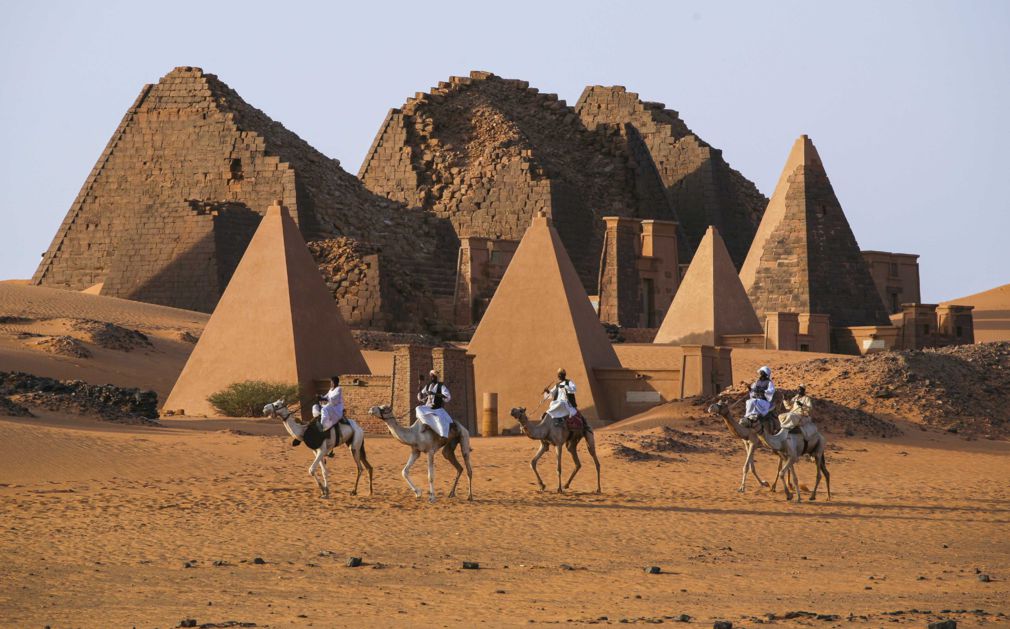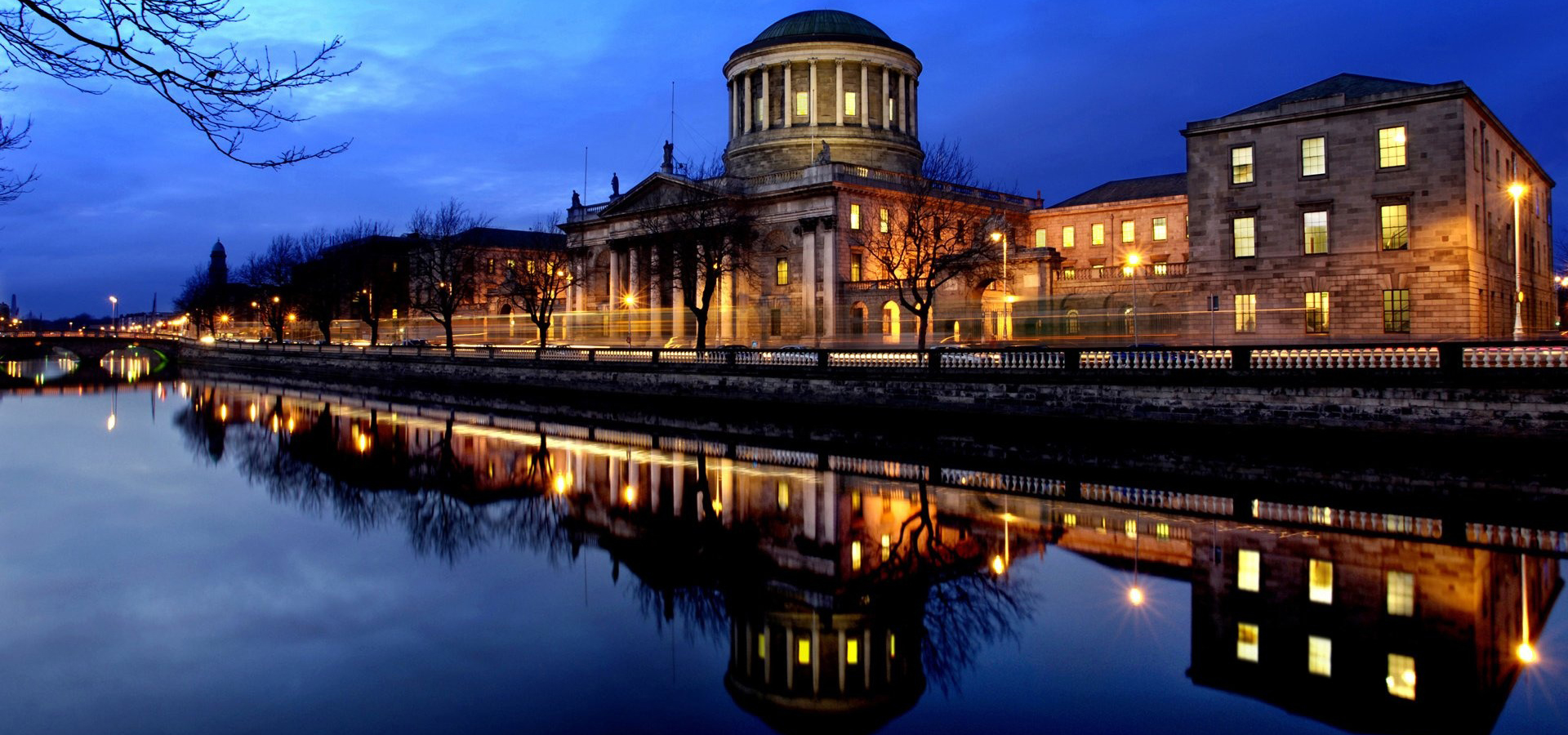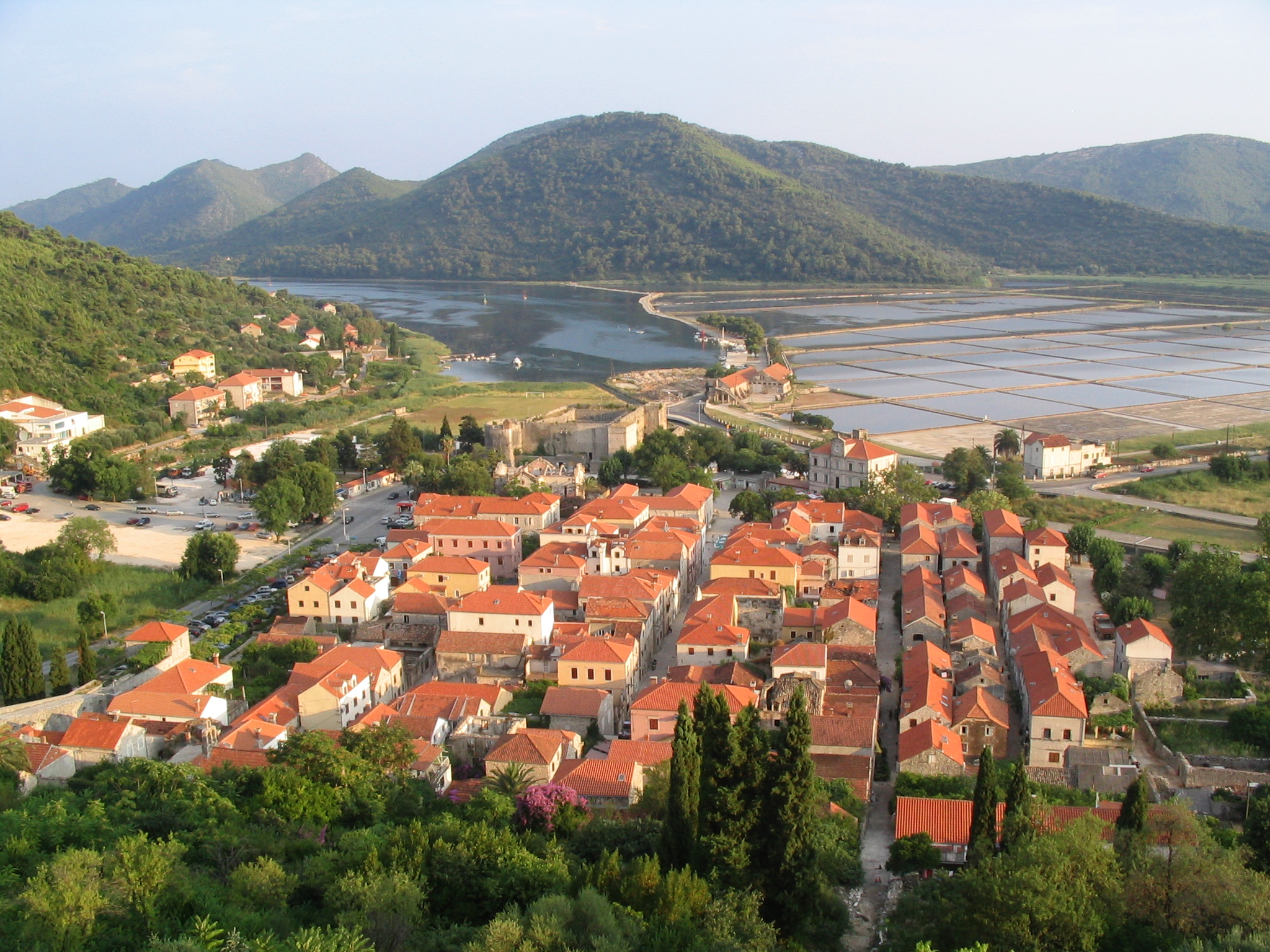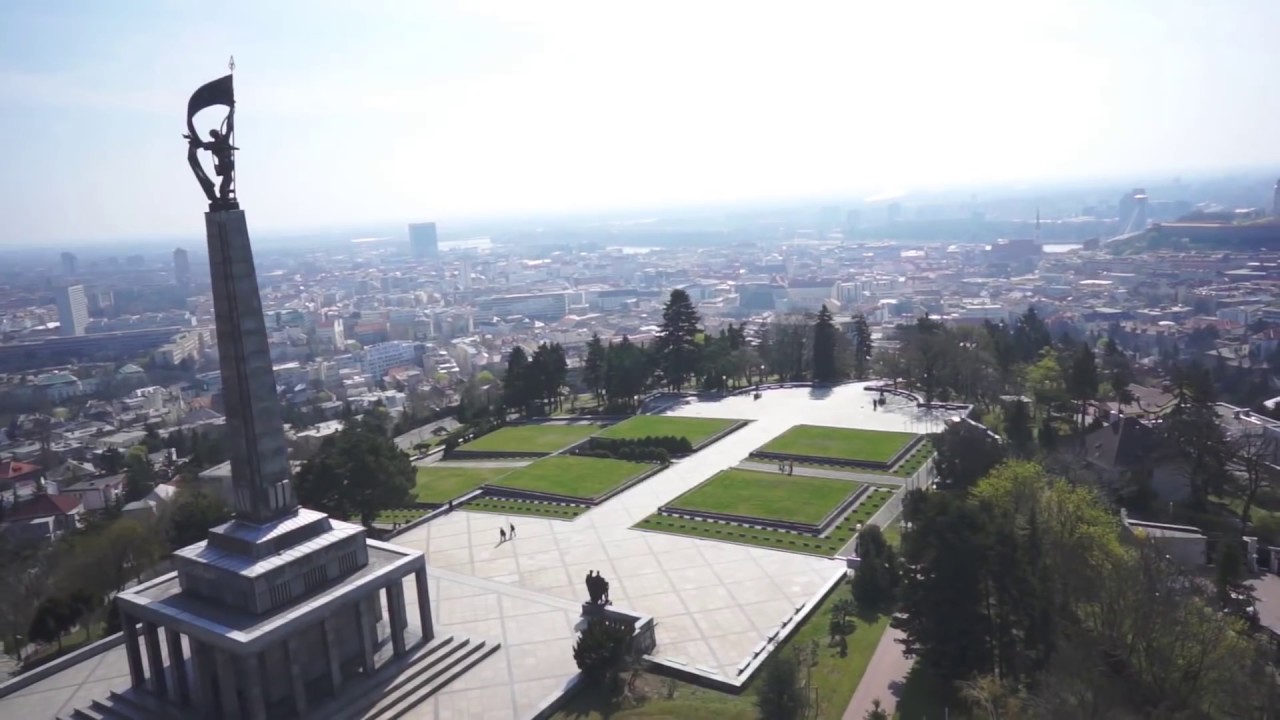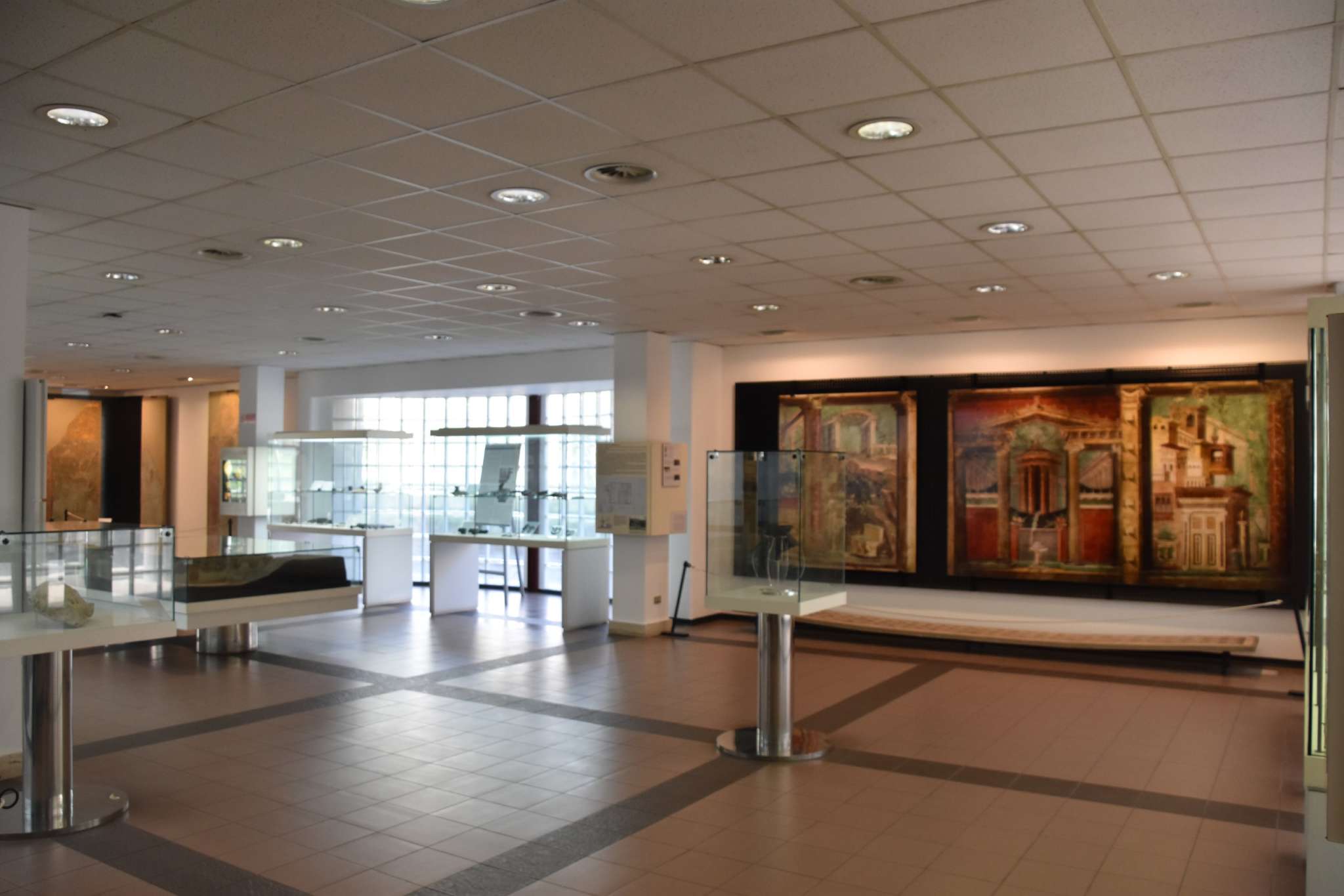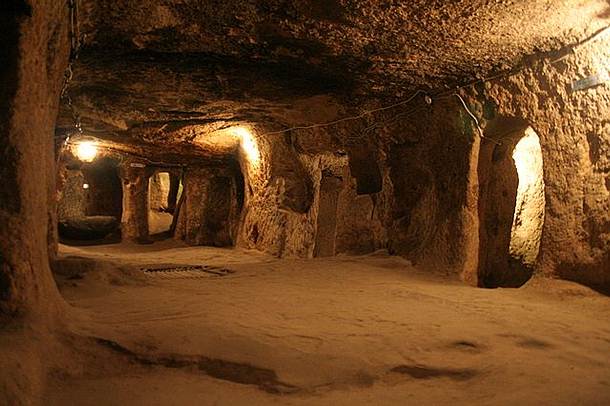Although the turreted Fort Qaitbey situated on the tip of the Eastern Harbour looks like some kind of toy castle from the corniche, up close it is an imposing building.
The fort was built in the 1480s by Sultan Qaitbey (1468-96) on the site of the Pharos Lighthouse, using stones from the dilapidated building. Within the keep, there is a small mosque – the oldest in Alexandria – and a Naval Museum displaying relics from ships sunk nearby, the result of Roman and Napoleonic sea battles.
These include bottles of wine and astronomical instruments retrieved from the French.
ship L’Orient. The fort was badly damaged by the British bombardment in 1882 when the mosque’s minaret was blown clean off. From its elevated position, set back from the corniche, the fort has fantastic views of Alexandria and out to sea.
The current shape of the castle is completely different from its original form, and this was the result of severe damage during the British bombing of Alexandria during a nationalist insurrection against British dominance in 1882 after that it’s rebuilt around the turn of the 20th century.
Qaitbay who built this castle, but all its efforts have been futile since the Ottomans conquered Egypt in 1512, and the castle remained Centered in a strategic location on a thin line of land stretching to the port of Alexandria to the Corniche
But it was far-sighted because the building itself did not important much, but the most important is the location itself, so Qaitbay built to benefit from the existence of an institution overlooking on the site—that of the legendary Pharos Lighthouse.
The founder of the Qaitbay fort was the Circassian sultan called Al Ashraf Abou Anasr Saif El-Din Quitbay El Jersaky AL Zahiry who ruled between 1468 and 1496. He was a Mamluk who came to Egypt young, less than twenty years old.
He was bought by Al-Ashraf Bersbay, so he remained in his service until he died and was acquired again by Sultan Djaqmaq, who granted him his freedom. Qaitbay then began to hold various positions, such as the head of the army during the rule of Sultan Tamar Budha.
When the sultan was dethroned, Qaitbay was appointed sultan in the year 1468. He was one of the most important and prominent Mamluk sultans, ruling for about 29 years. He was considered a brave ruler as he tried to start a new era with the Ottomans through the exchange of embassies and presents. He liked to travel and made considerable journeys.
Qaitbay liked art and architecture, so he created an important position among the administrative system of the state; that of a building architect. He built numerous charitable buildings in Mecca, Medina, and Jerusalem. There are about seventy buildings in Egypt that have been renovated thanks to his work, including mosques, madrasas, public fountains, houses, and military buildings such as the citadels of Alexandria and Rosetta. These citadels were built to protect northern Egypt, mainly from the Ottomans, whose power was growing in the Mediterranean.
